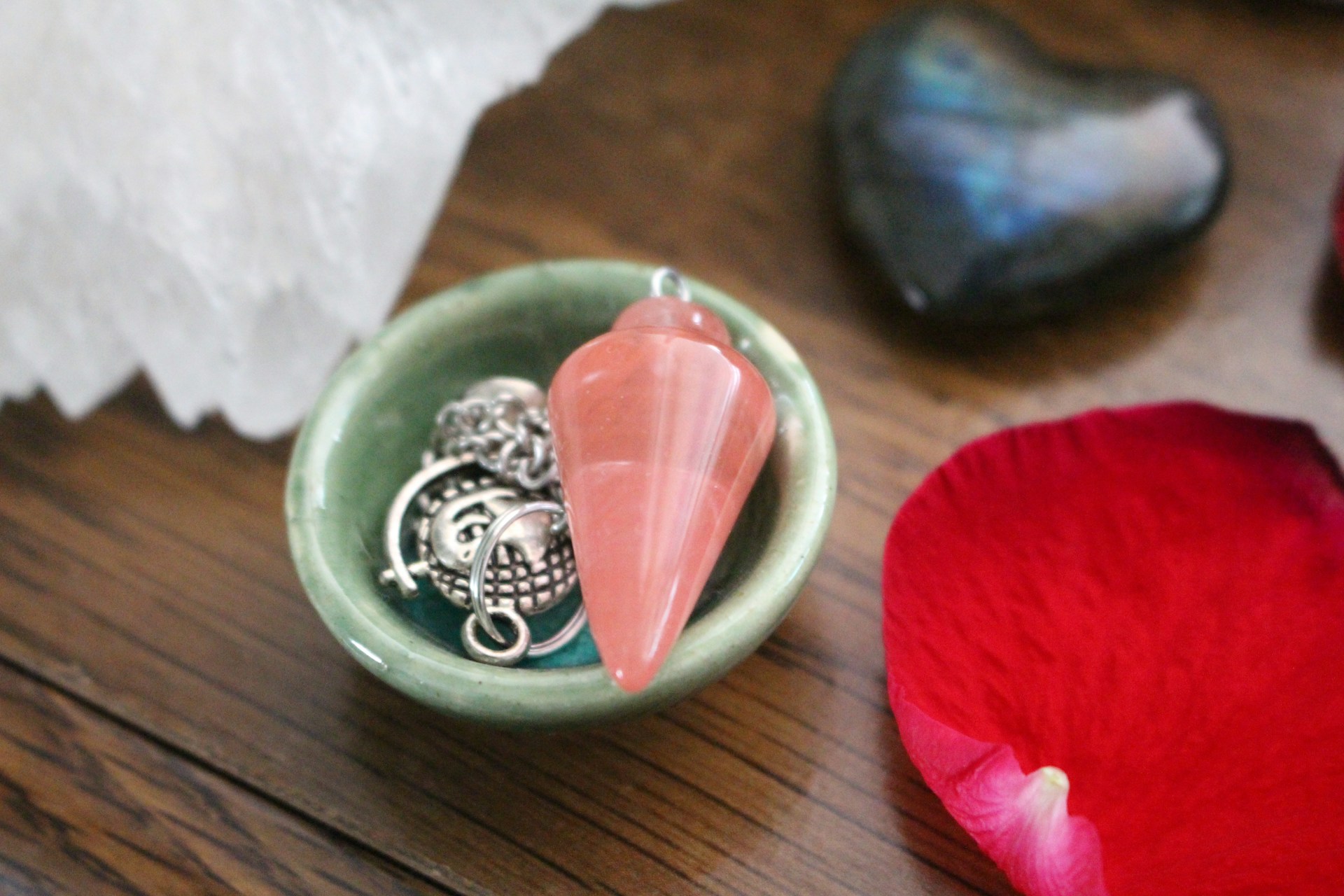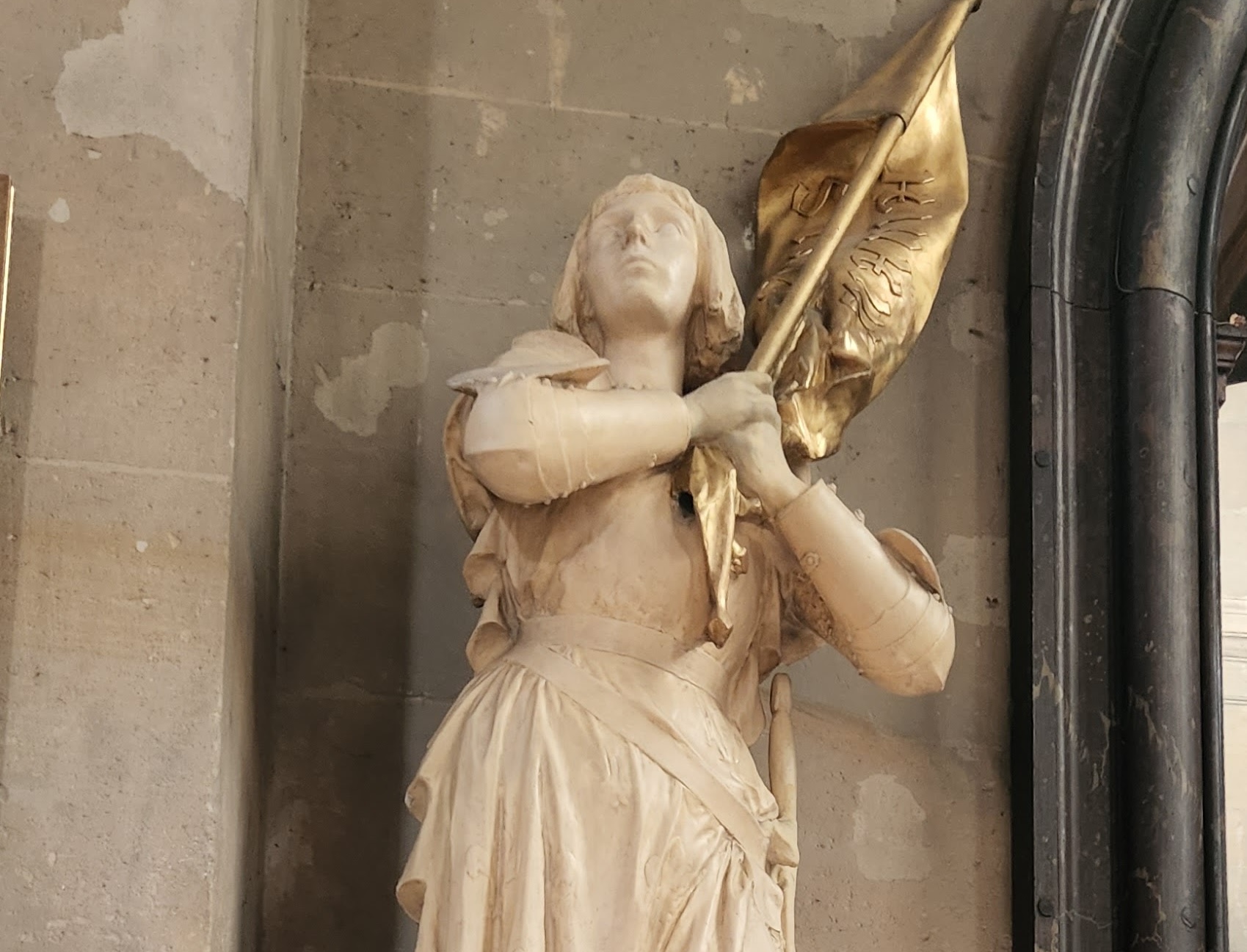
basics


Simple and Effective Crystal Programming
Maximize your crystals’ energies by keeping tasks simple and focused.
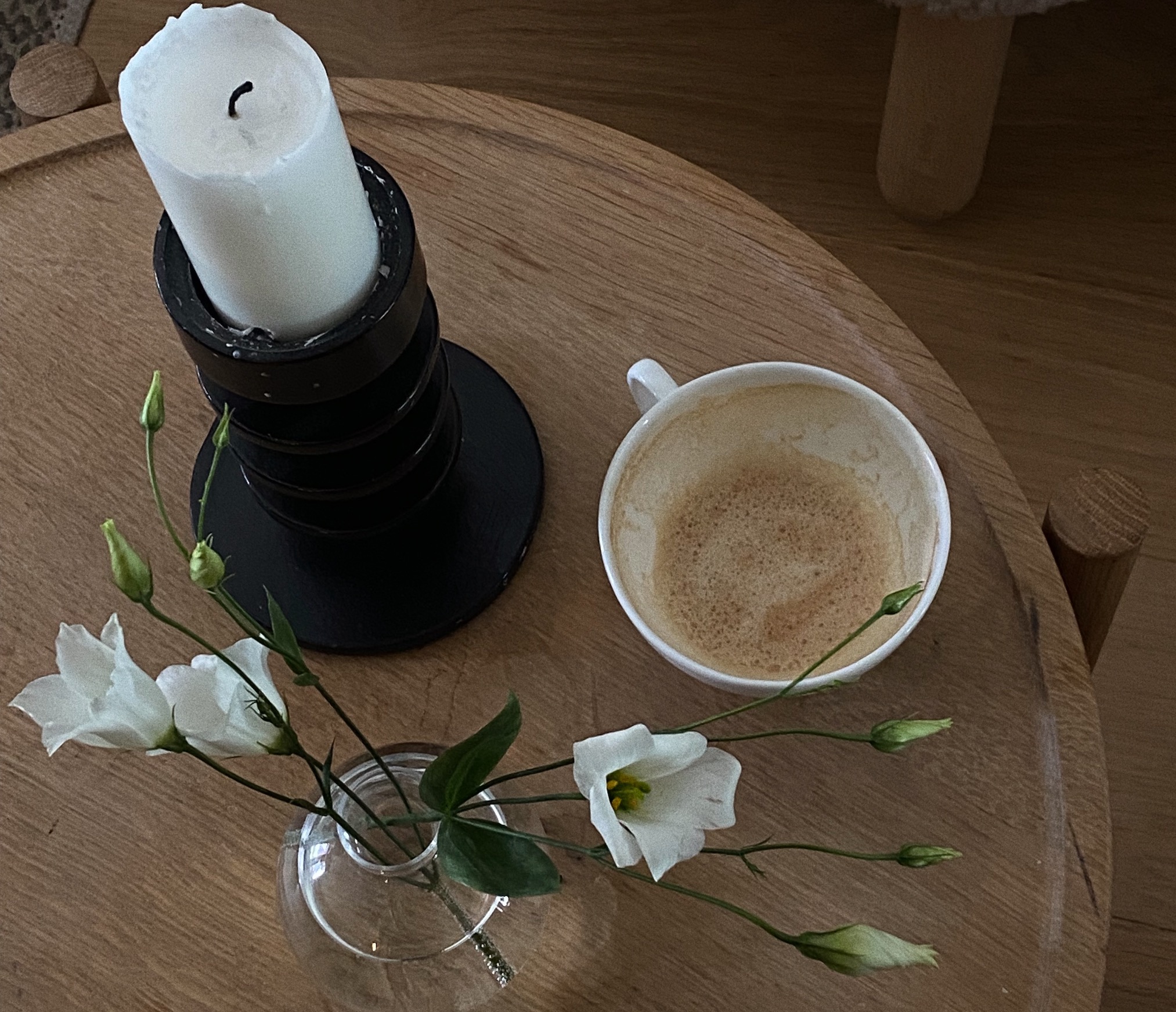
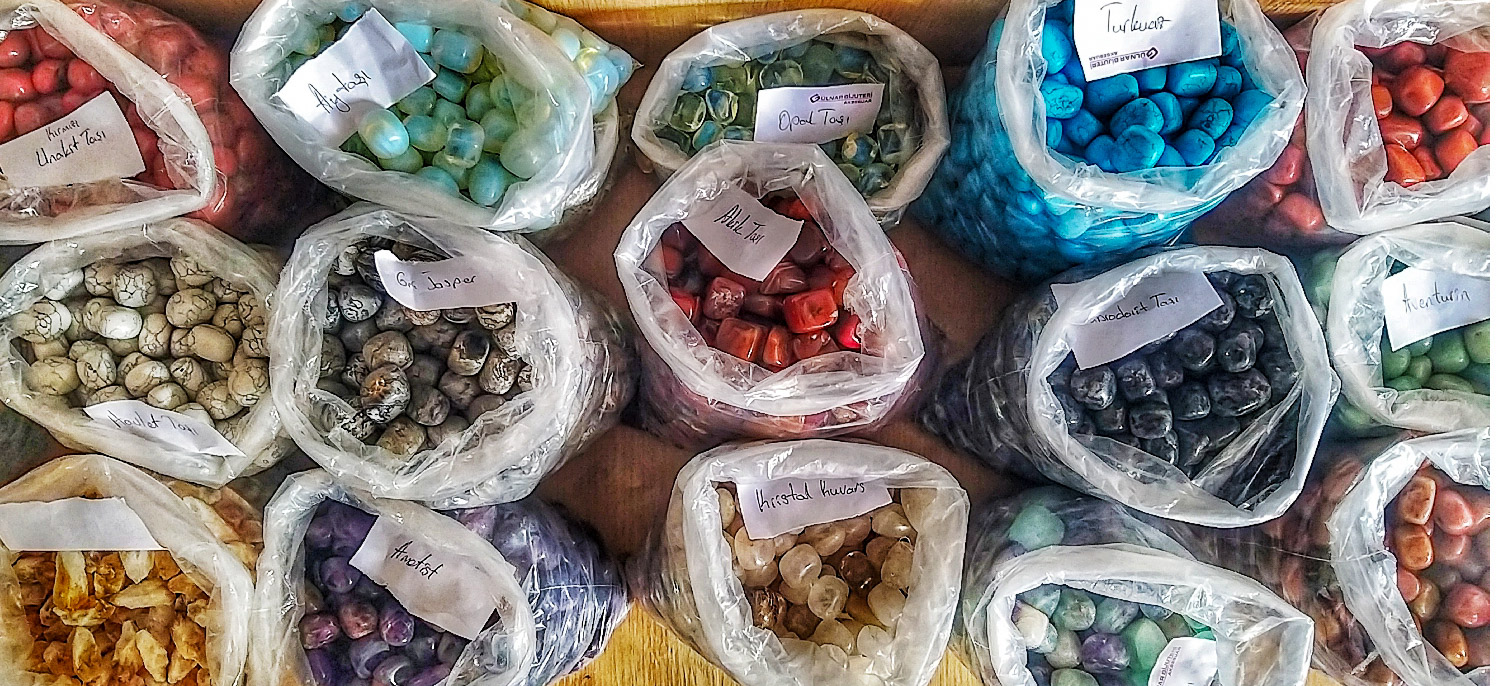
Should You Use Dyed Crystals? Here’s Everything You Need to Know
How does dyeing affect a crystal’s energy?
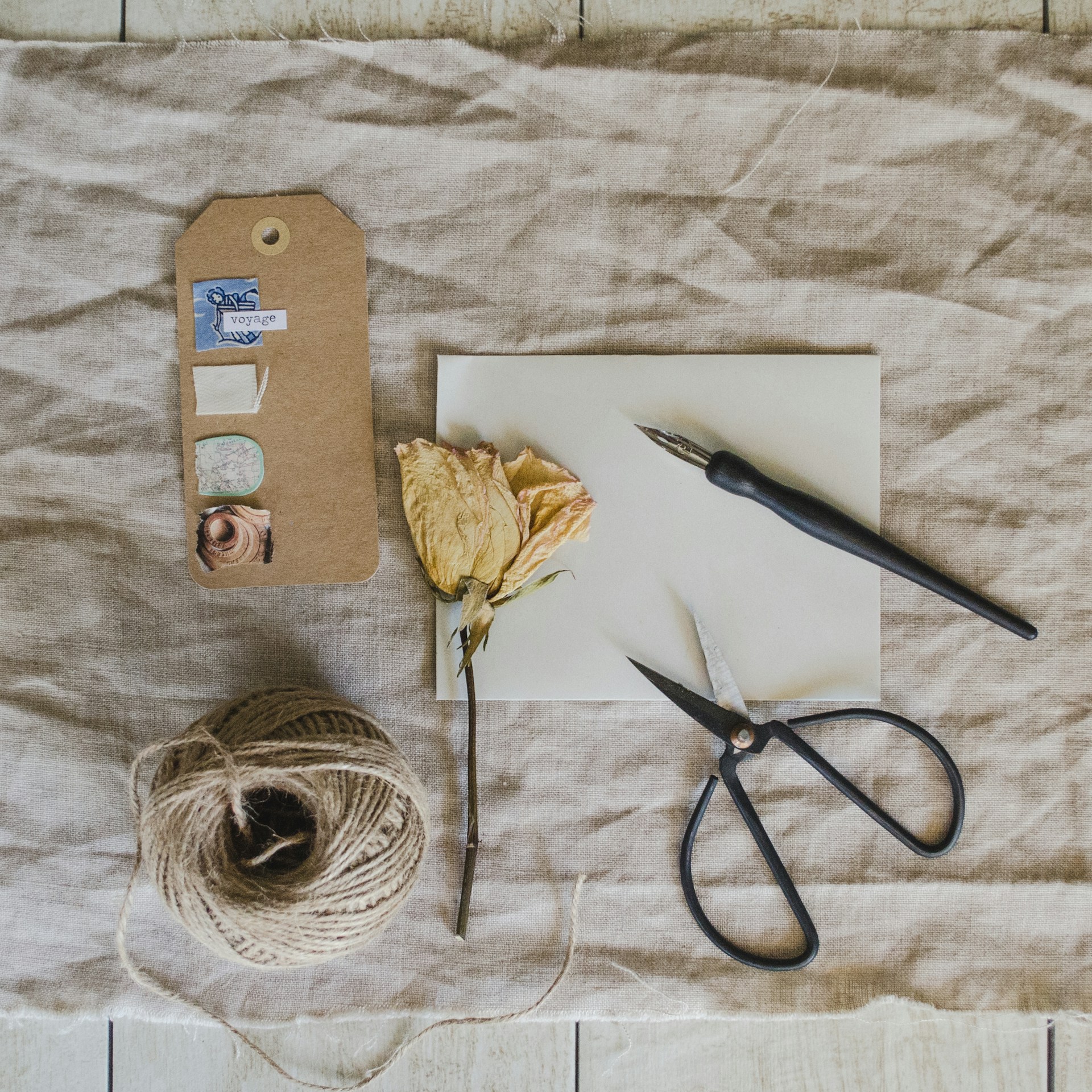
How to Write and Cast Your First Spell
Believe in yourself. You have the power within you to create a spell!
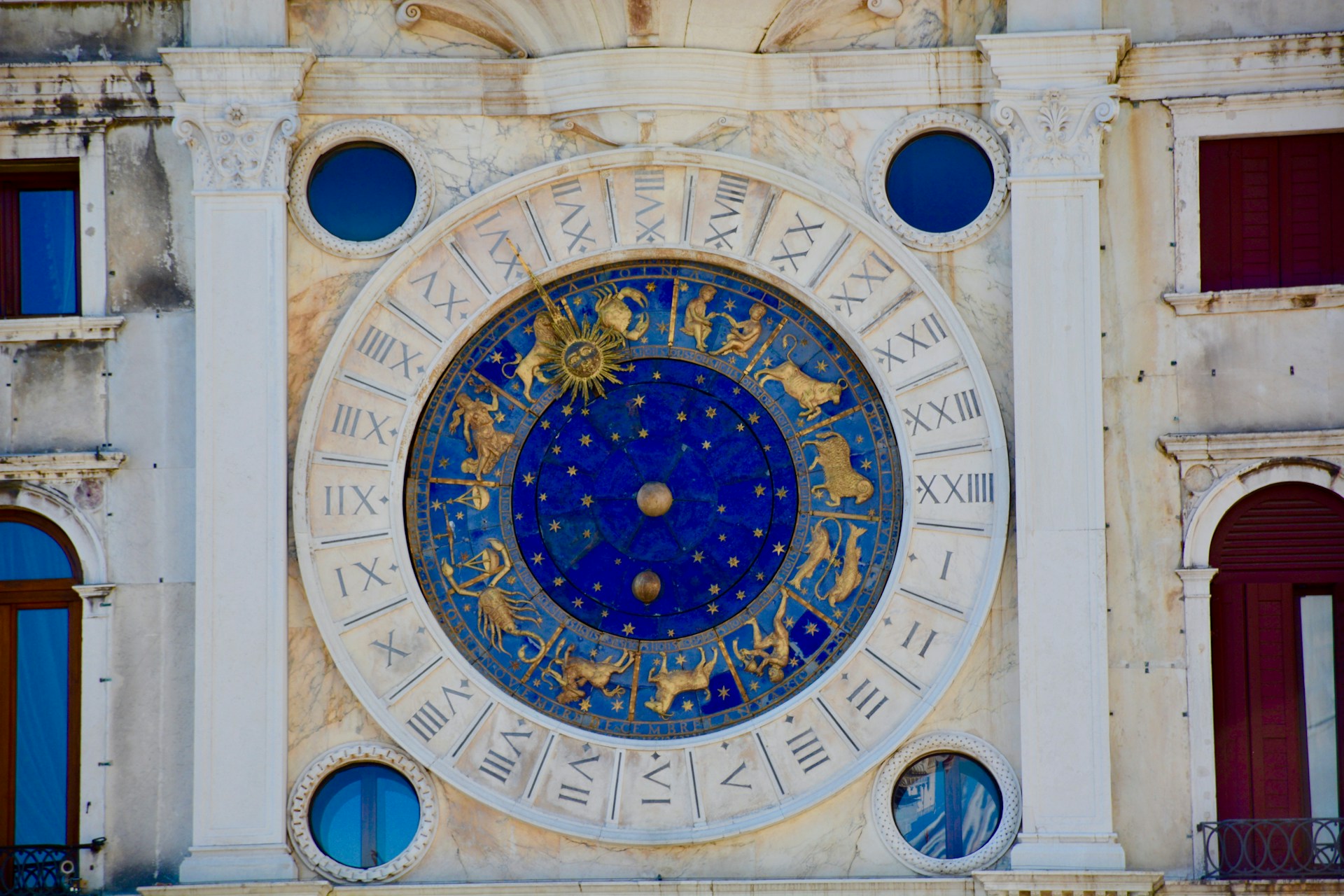
How to Read Your Birth Chart Like a Professional Astrologer
Covering everything from your big three signs to planets, houses, and aspects!

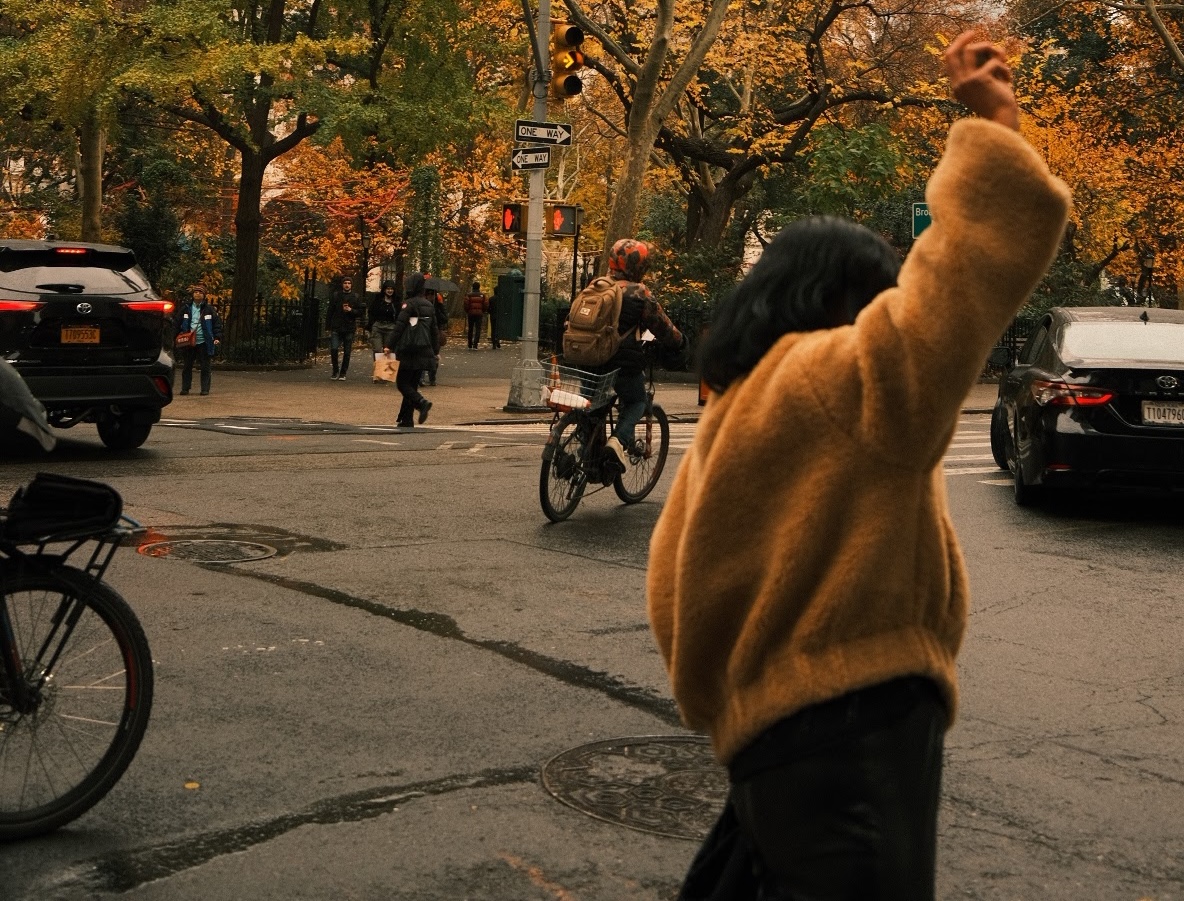
Sun, Moon, and Rising Signs and How They Shape Your Personality
You thought you only had one sign?!

All About the Four Elements
Learn how to channel the energies of the four main elements into your practice.
